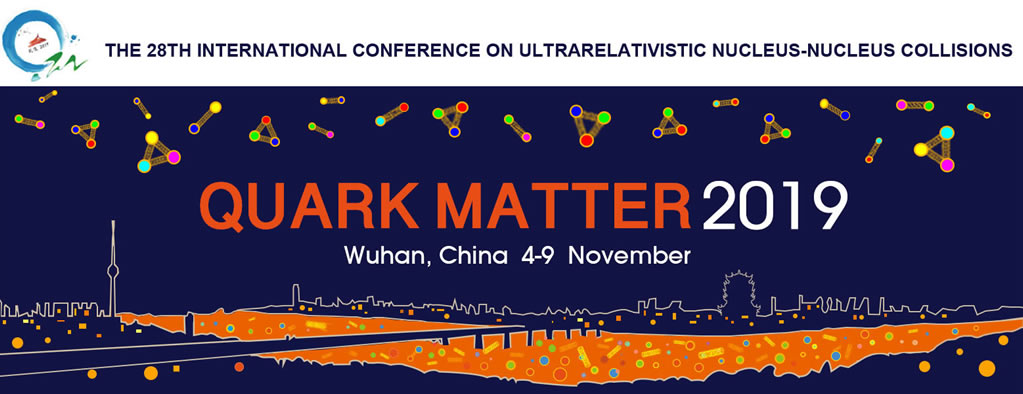Speaker
Description
Complementary to jet reconstruction, two-particle correlations in $\Delta\eta$ and $\Delta\varphi$ are used to study jets, in particular their particle composition. While in Pb-Pb collisions this is done as means for the characterization of the Quark-Glon Plasma, pp collisions serve as reference and also allow for a deeper study of particle production mechanisms. Recent ALICE results on the production of strange particles in small systems (pp and p-Pb collisions) reveal the possibility that similar strange quark production mechanisms could be present in all collision systems. Thus in this work, two-particle correlations between a high-momentum $K^{0}_{S}$ meson, $\Lambda$ ($\bar{\Lambda}$) baryon and charged hadrons are used to study strange particle production in jets. The pp collisions at $\sqrt{s} = 13~\rm{TeV}$ collected with the ALICE experiment at the LHC are analyzed.
The per-trigger yields of the associated hadrons are studied on both the near-side and away-side of the V$^0$-h correlation functions as a function of the transverse momenta of the trigger and associated particles as well as the event multiplicity. The ratios of yields from V$^0$-h correlations to the yields from h-h correlations will be compared.
